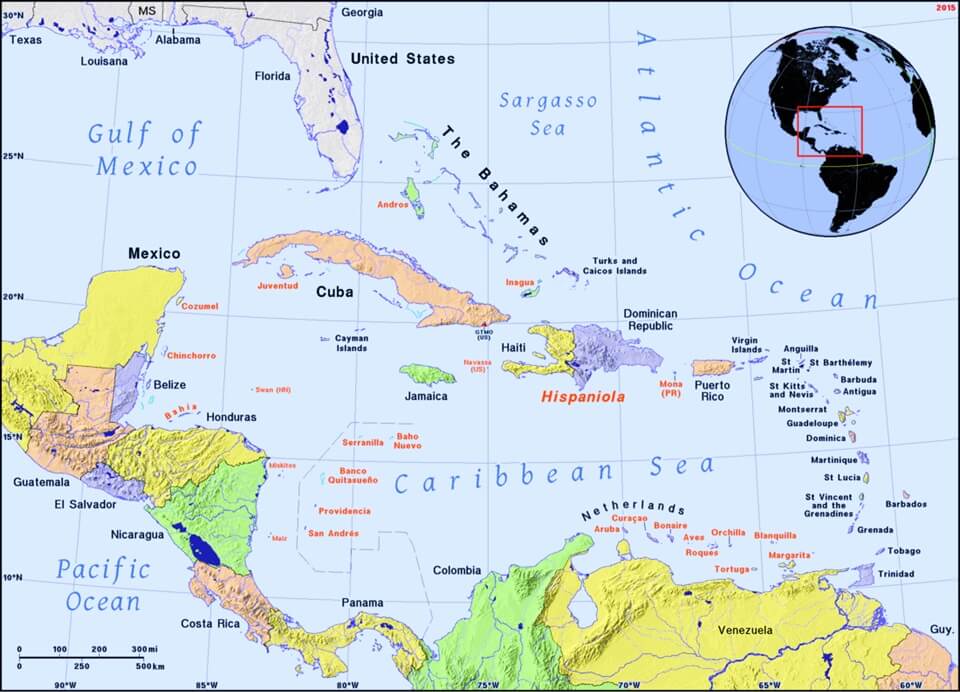 Stories of Great Americans for Little Americans
Stories of Great Americans
Stories of Great Americans for Little Americans
Stories of Great Americans


 Stories of Great Americans for Little Americans
Stories of Great Americans
Stories of Great Americans for Little Americans
Stories of Great Americans

Study the lesson for one week.
Over the week:
The indigo plant is used to produce a dye called indigo.
Facts about indigo:
Activity 1: Narrate the Story
Activity 2: Explore the Story
Experiment with dye by dyeing strips of paper.
Activity 4: Study the Story Picture
Study the picture of the plant used to make indigo. Zoom in to see the details.

Activity 5: Map the Story
Eliza Lucas' father brought her indigo plant seeds from the West Indies (Caribbean). Find the following Caribbean countries on the map below:
